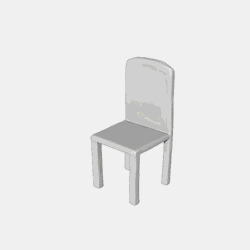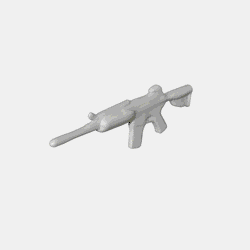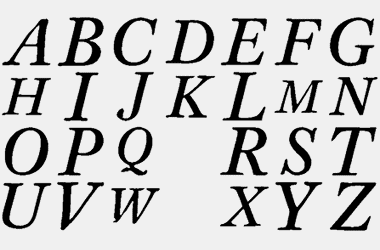The tensorflow code for paper "Learning Implicit Fields for Generative Shape Modeling", Zhiqin Chen, Hao (Richard) Zhang.
We advocate the use of implicit fields for learning generative models of shapes and introduce an implicit field decoder for shape generation, aimed at improving the visual quality of the generated shapes. An implicit field assigns a value to each point in 3D space, so that a shape can be extracted as an iso-surface. Our implicit field decoder is trained to perform this assignment by means of a binary classifier. Specifically, it takes a point coordinate, along with a feature vector encoding a shape, and outputs a value which indicates whether the point is outside the shape or not. By replacing conventional decoders by our decoder for representation learning and generative modeling of shapes, we demonstrate superior results for tasks such as shape autoencoding, generation, interpolation, and single-view 3D reconstruction, particularly in terms of visual quality.
If you find our work useful in your research, please consider citing:
@article{chen2018implicit_decoder,
title={Learning Implicit Fields for Generative Shape Modeling},
author={Chen, Zhiqin and Zhang, Hao},
journal={Proceedings of IEEE Conference on Computer Vision and Pattern Recognition (CVPR)},
year={2019}
}
Requirements:
- Python 3.5 with numpy, scipy and h5py
- Tensorflow
- PyMCubes (for matching cubes)
- pycollada (for writing .dae files)
- OpenCV-Python (for reading and writing images)
Our code has been tested with Python 3.5, TensorFlow 1.8.0, CUDA 9.1 and cuDNN 7.0 on Ubuntu 16.04 and Windows 10.
The original voxel models and rendered views are from HSP. Since our network takes point-value pairs, the voxel models require further sampling. The sampling method can be found in our project page.
We provide the ready-to-use datasets in hdf5 format, together with our pre-trained weights. The weights for IM-GAN is the ones we used in our demo video. The weights for IM-SVR is the ones we used in the experiments in our paper.
Backup links:
To train an autoencoder, go to IMGAN and use the following commands for progressive training. You may want to copy the commands in a .bat or .sh file.
python main.py --ae --train --epoch 50 --real_size 16 --batch_size_input 4096
python main.py --ae --train --epoch 100 --real_size 32 --batch_size_input 8192
python main.py --ae --train --epoch 200 --real_size 64 --batch_size_input 32768
The above commands will train the AE model 50 epochs in 163 resolution (each shape has 4096 sampled points), then 50 epochs in 323 resolution, and finally 100 epochs in 643 resolution.
To train a latent-gan, after training the autoencoder, use the following command to extract the latent codes:
python main.py --ae
Then train the latent-gan and get some samples:
python main.py --train --epoch 10000
python main.py
You can change some lines in main.py to adjust the number of samples and the sampling resolution.
To train the network for single-view reconstruction, after training the autoencoder, copy the weights and latent codes to the corresponding folders in IMSVR. Go to IMSVR and use the following commands to train IM-SVR and get some samples:
python main.py --train --epoch 1000
python main.py
This project is licensed under the terms of the MIT license (see LICENSE for details).






